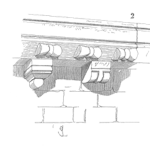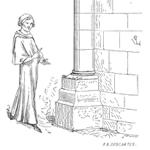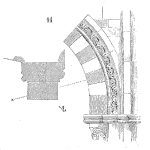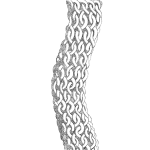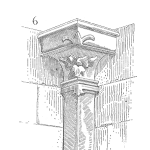
UNLIKE LEAN AND SIX SIGMA, THE PLANT WELLNESS WAY DIFFERENCE IS IT PREVENTS OPERATING RISKS FROM STARTING WITH A SYSTEM THAT IS BUSINESS-WIDE AND GOES END-TO-END OF THE WHOLE ASSET LIFE CYCLE
—
Lean and Six Sigma are point-in-time problem focused methodologies, where as PWW EAM System-of-Reliability uses the whole life cycle to build business and operational systems with processes that continually optimize productivity, minimize risk, and generate maximum operating profits.
[Read more…]